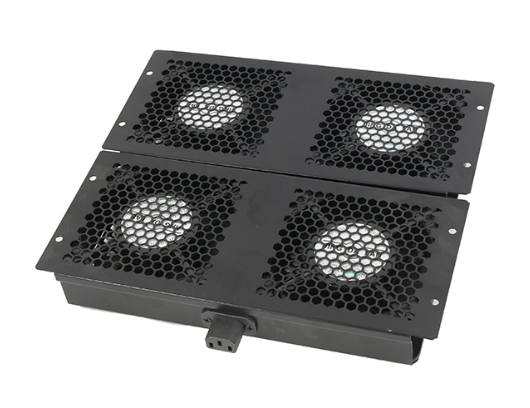News
Site Editor
 Site
https://leonetworkgroup.usa18.wondercdn.com/uploads/image/5fe152faa587d.png
A network cabinet is where the servers, switches, professional routers, NAS servers, DAS, uninterruptible power supplies (UPS), and, of course, all the network cabling to provide the different services to the local network will be stored.
Site
https://leonetworkgroup.usa18.wondercdn.com/uploads/image/5fe152faa587d.png
A network cabinet is where the servers, switches, professional routers, NAS servers, DAS, uninterruptible power supplies (UPS), and, of course, all the network cabling to provide the different services to the local network will be stored.
Uses of Network Cabinet Accessories
Views: 817
Author: Site Editor
Publish Time: 2023-03-07
Origin: Site
A network cabinet is a cabinet with a metal base and structure, whose main objective is to house all the computer and telecommunications systems needed by the companies or organizations where they are installed.
A network cabinet is where the servers, switches, professional routers, NAS servers, DAS, uninterruptible power supplies (UPS), and, of course, all the network cabling to provide the different services to the local network will be stored.
A network cabinet should have all of the following:
i. UPS: Having an uninterruptible power supply is essential, to prevent a power outage from causing us to lose data.
ii. Power strip where to place all the equipment that we are going to install inside.
iii. Servers: In the middle area of the rack we should place the servers that we have, these servers can be for backup copies, storage, etc.
iv. Routers: If our rack has to have communication with the main network of the CPD, it is normal to have a router or switch here to interconnect the networks.
v. Switches to connect it to the patch panel that is in the upper part of the rack.
vi. Patch panel: This will allow us to organize the network cabling correctly.

Network Cabinet Accessories and their Uses
In a network cabinet, all the dimensions are always standardized, with the aim that any equipment that we are going to install (switches, routers, NAS servers, UPS) is compatible and we do not have any problem.
These cabinets have removable sides, to easily access the sides of the equipment that we install. Here are a few network cabinet accessories and their uses.
1. Blind panels
Panels are metal pieces that are used to fill a space in a cabinet that is not currently used. Panels or blind spaces help improve the aesthetics of the cabinet, but more importantly, they help manage the airflow inside.
2. Cables
All the equipment inside a network cabinet will need some type of power cable, network cable, fiber optic cable, and other possible cables. These cables can go from the equipment to a power source, to other elements of the cabinet, or outside of it to another area to connect.
3. Wiring organizer
The cable organizers are handled horizontally or vertically in a cable management duct that is mounted to the cabinet, allowing cables to be organized in an orderly manner. It usually has a slot for each cable so that you can route it from the computer to its destination.
4. Contact Bars
It is an important element within the network cabinet since it is in charge of the electrical supply, each contact bar has between 6, 8, 10, or 12 electrical contacts, and the ones with the largest contacts have a surge suppressor.
5. Cooling Fan
Servers can generate a lot of heat and must be at the right temperatures to function effectively. Network cabinets are designed to optimize airflow, which helps remove hot air from the area around the server.
6. Others
While these are the most common items found in network cabinets, they can accommodate just about anything needed.
Partner with us for premium network cabinet accessories
Buy now all the rack accessories and complete the telecommunications and data cabling networks of your business at an incredible price.
Kindly click here to order yours or for more information about our products and services.
If you want to know more about industrial network cabinet,china fiber optic splice closure,china fiber optic distribution box,please consult the fiber optic splice closure factory




